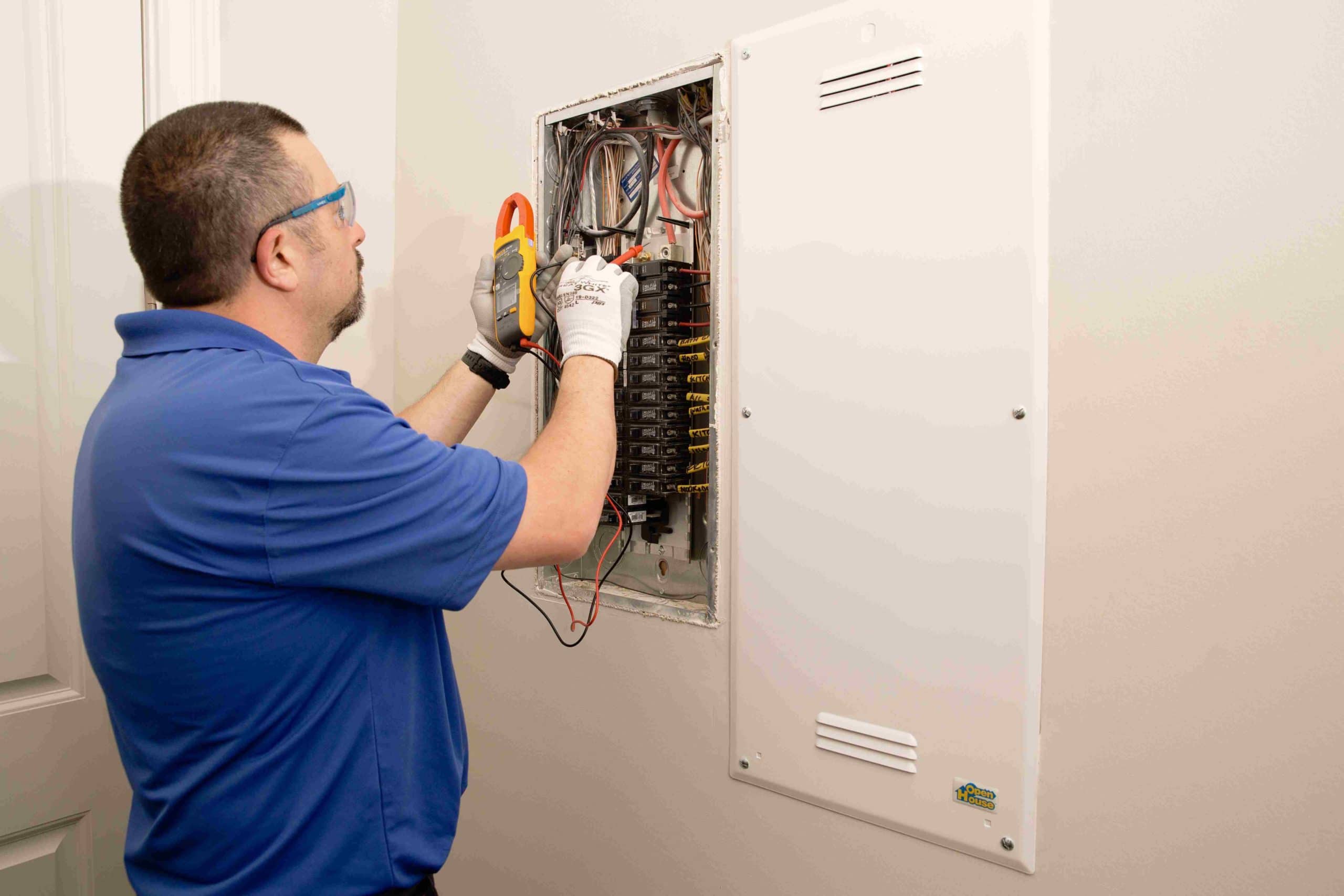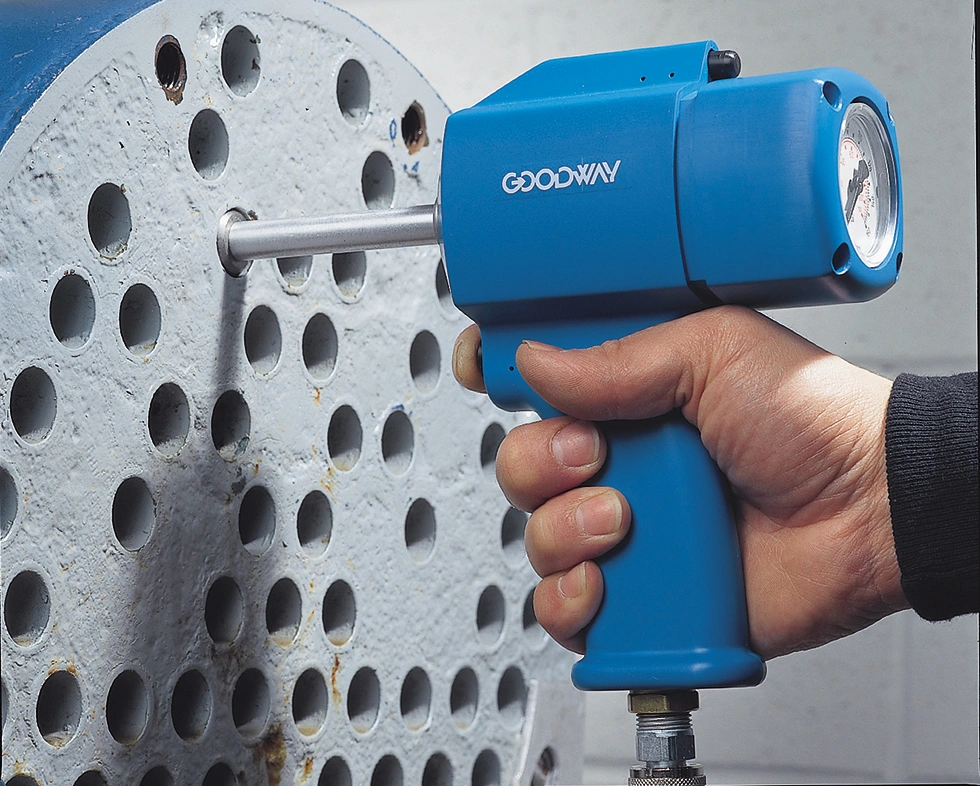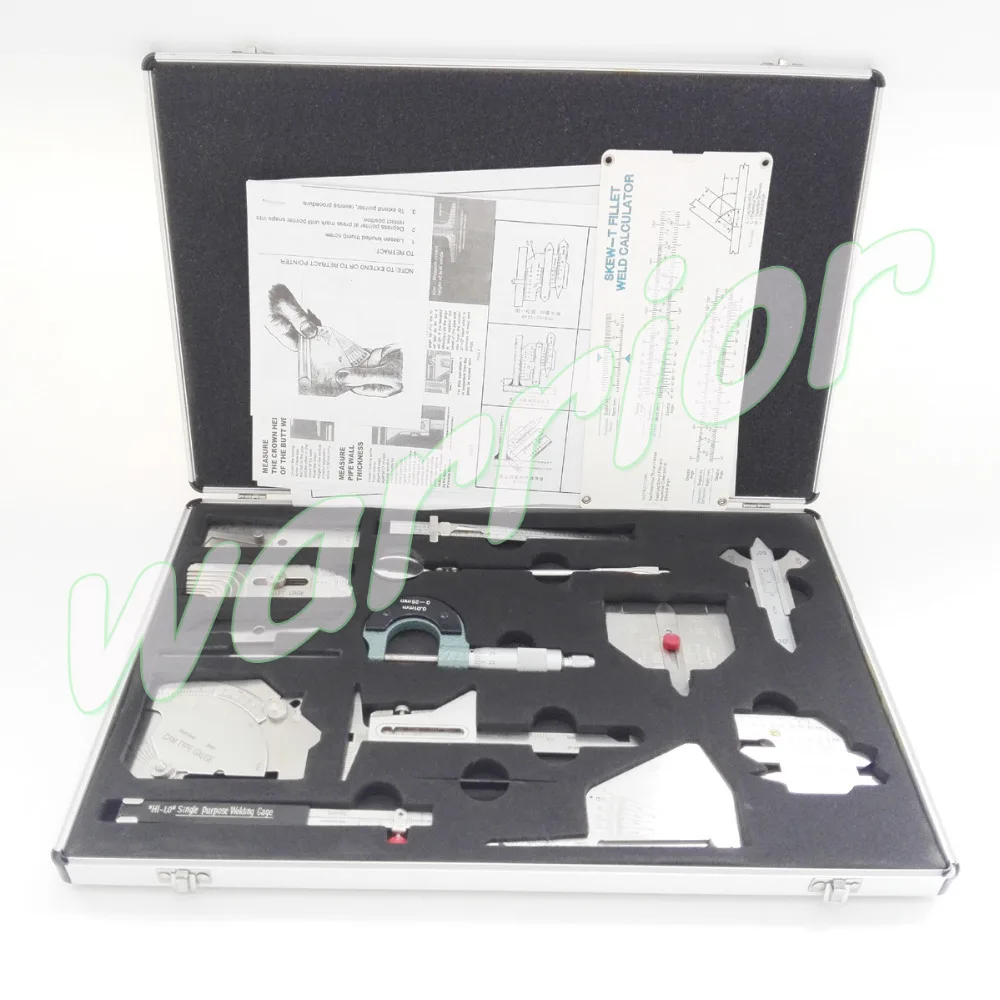Table of Content
Flashlight – This is perhaps the most essential tool in an inspector’s belt. If you find yourself in a situation where you are crawling through dirty and dingy crawlspaces you will be thankful for not being el cheapo and just going for the least expensive one that you can find. This already assembled kit includes everything that you need from soup to nuts and is a huge time saver. We’ve also found it to be much cheaper than buying everything one by one.
They can be collapsed and carried through a home with less risk of bumping into walls and furniture. Infrared thermometers allow inspectors to check the temperature of heating and cooling system registers located in inaccessible places, such as under beds and other large, heavy furniture. Inspectors use many other types of equipment because their use allows the inspector to offer an inspection of enhanced value. Both of these pieces of equipment allow inspectors to identify unacceptable conditions that cannot be identified visually. Generally speaking, inspection tools are the instruments and devices that inspectors use to collect data.
Material Thickness Gauges
Moisture Meters – These will generally come in two different types, moisture and search meters. You will definitely need to make sure you own or have access to one of these bad boys. These three simple tools can be used by a professional inspector to uncover many faults in and around most homes as guided by InterNACHI Standards. Lastly, regardless of whatever tools a home inspector chooses to bring with them, a tool bag to fit and organize all your equipment is very important. Inspectors should always bring with them gear that can help prevent hazardous situations inherent in inspections, as well as wear appropriate personal protective equipment that will prevent injury and/or illness on the job. Safety glasses are good protection for situations in which inspectors may find their eyes or vision at risk.

The Qualicoat Organisation brings together the ideals of several national coating associations into one quality label for the powder coating applied to aluminium architectural applications. The aim of Qualicoat is to establish the minimum standard that plant installations, coating materials and finished products which have been powder coated must meet. Membership with ATI Academy means instant access to industry professionals with an unparalleled track record of helping home inspectors 1) get much better at the trade 2) make a bunch of money. We offer inspection camera for home inspectors, septic system professionals, building maintenance technicians and more. We will work with you to decide on the correct combination of features. Top of the line tools, marketing materials, and mold testing supplies at discount prices for the nation’s leading home inspectors.
Air Handling and Moisture Separation
Some areas have little or no radon, and some can have high levels. At the end of the 48-hour minimum test period, the monitor gives a result that is the average of all samples. Half-face and full-face respirators are good for respiratory protection but not very comfortable, especially in the heat.
A spare set of clothes is a good idea to have on hand in an emergency. A home inspector should wear a respirator when inspecting attics, crawl spaces, or any other location where it is possible to inhale harmful substances. A small investment in a proper respirator will protect the inspector’s respiratory health in the long run. If it’s a general home inspection, 2 to 3 hours are enough. A specialized home inspection, like mold or termite, may take more time depending on the square feet of area that needs to be covered.
How Does a Home Inspector use Home Inspection Tools?
We have thorough knowledge of the compliances for the Pharma packaging. We provide 'Complete' Track and Trace solutions for the Pharma, Tobacco, Liquor, Domestic Explosives and many such industries. Our 'In House' development team is capable to provide Customized solutions foe special requirements.

Made of strong, durable plastic, they fold up flat and fit securely over the rung of the inspector's ladder. Using them may also provide legal leverage for inspectors who are held responsible for harm inflicted to their clients during an inspection. Ironically, the process of inspecting for safety defects can itself compromise the safety of inspectors and their clients. InterNACHI Inspectors can use the following types of equipment to help ensure that inspections proceed problem-free. It is necessary to remove electrical panels during the inspection using screwdrivers. A dependable set of screwdrivers is the foundation of any toolset, including a home inspection tool kit.
Each kit is supplied in a convenient sturdy plastic carry case, ideal for transporting to and from the inspection site. To avoid such liability and to ensure the safety of all persons present at an inspection, InterNACHI has created compact, lightweight "STOP -- Inspector at Work" signs for inspectors to use at job sites. These signs are specifically designed to be placed on ladders and near crawlspace entrances that are being inspected.

You never know what you might come across during an inspection, so we always advise being cautious. Leveling tape determines whether various areas, such as basement walls, are level or bowed. Home inspectors may find it beneficial to use a leveling tape during an inspection. It is beneficial to include specific measurements when writing reports. In the case of unsafe stair treads or risers, a home inspector can measure them with a measuring tape. Taking a photograph along with the measurement is an effective visual aid in dangerous situations.
Other particulates that are small enough to become airborne may not be carcinogens but may cause other types of respiratory illness. Gloves and safety glasses used when working around exposed electrical components are other common safety items. Checking the temperature drop in the HVAC system is critical. On inspections, it is best for a home inspector to bring two thermometers. This article will go over this topic in-depth and help you understand some of the essential home inspection tools used to inspect and evaluate homes.
Being a profitable home inspector is more gearing up with the basic required tools, checking the checklist and doing what you’re supposed to do. The other important tools to use are definitely an electrical tester, speaking of which, you should never underestimate the importance of an electrical inspection for your home, a ladder and a moisture meter. Telescoping ladders are easy to carry through homes without bumping into walls and can be carried in the trunk of a car. They can be more dangerous than other types of ladders because it cannot be visually confirmed that the locking mechanisms are fully engaged. An inspection of a real estate property usually occurs when the property appears for sale. As part of the home inspection process, a qualified professional assesses the home's heating and cooling systems, plumbing, electrical work, water, and sewage, along with inspecting fire and safety issues.
Getting you started with the tools you will need to get the job done easily, and professionally. An inspection checklist is essential when inspecting equipment as long as it follows appropriately. During the inspection, the person doing the inspection checks that each component of the equipment is in good working condition by ticking off each item on the checklist. Sewer inspection software firms are now leading the way with systems allowing users to submit visual data, which is processed automatically to identify any faults. As inspectors use remote tools, their requirements become more evident, and software developers recognize how to deliver a more simplified experience.
“We’ll Buy Your Home” Guarantee Stand out from the crowd by offering the home inspection industry’s strongest guarantee. Electrical gloves should have high dielectrical and physical strength. They typically consist of liner gloves under rubber insulating gloves, with protective leather gloves worn over these. InterNACHI recommends that all home inspectors wear electrical gloves that meet ASTM D-120/EIC903 specifications. Basic Home Inspection Tool Kit - This Basic Kit includes necessary equipment to perform home inspections.
No comments:
Post a Comment